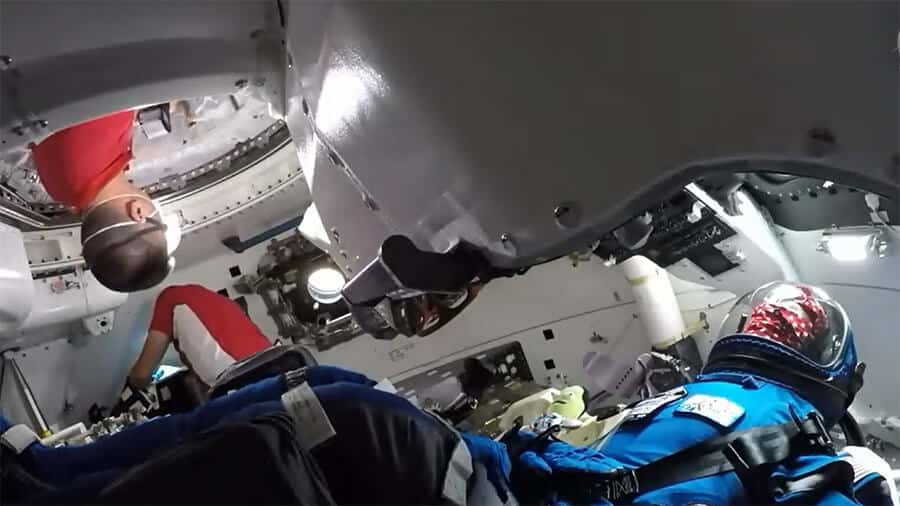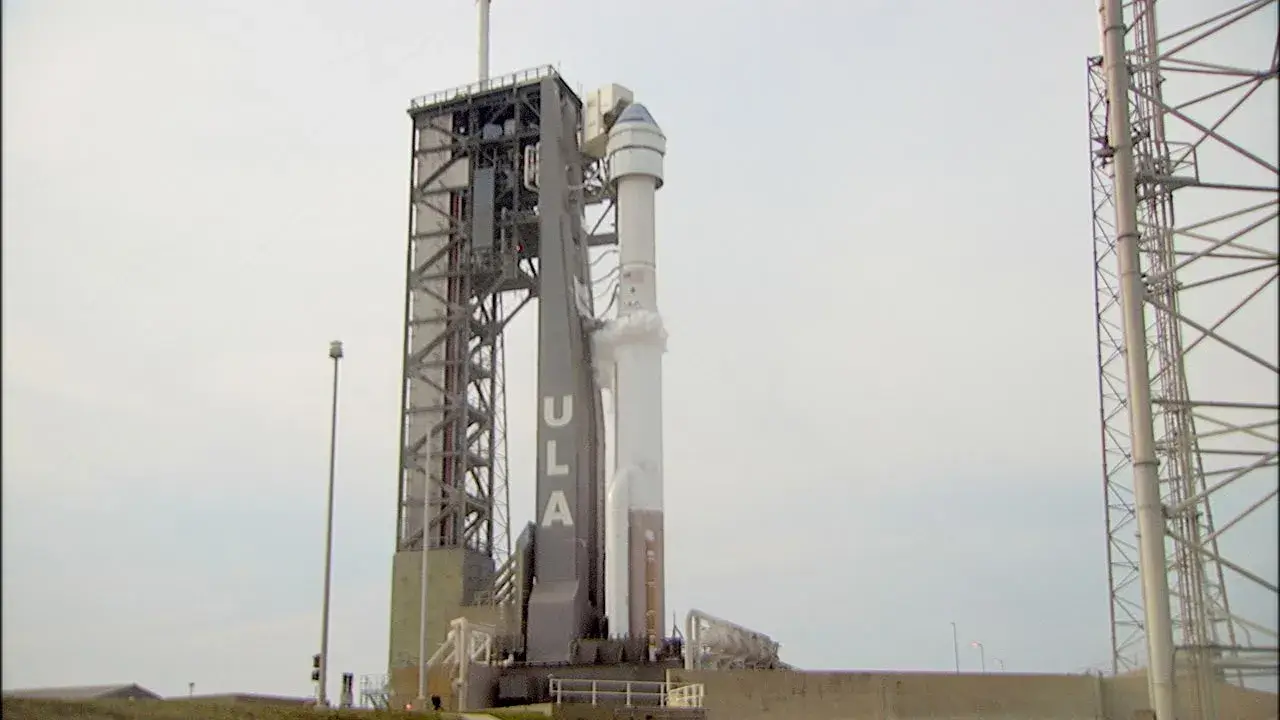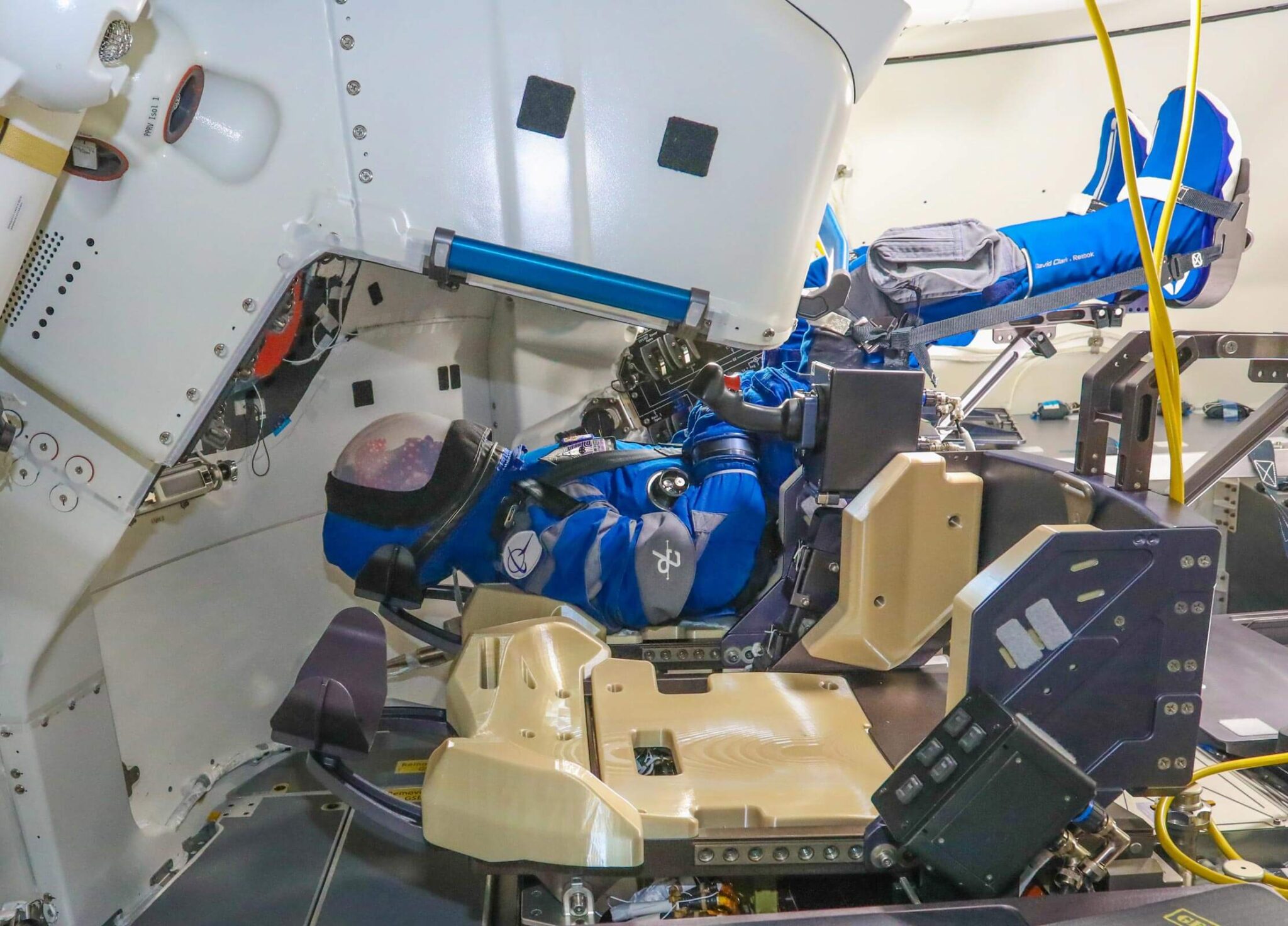The spacecraft, which was launched on May 19, 2022, is now attached to the International Space Station. It is "manned" with a dummy whose purpose is to maintain the spacecraft's center of gravity to simulate a manned flight

Boeing shared the winnings of flying astronauts to the International Space Station with SpaceX, but while SpaceX's Dragon spacecraft became the official carrier of tourist astronauts, Boeing finally reached the unmanned test stage. Because of the delay, Boeing lost some of the flights it won and the contract was transferred by NASA to SpaceX.
Boeing's CST-100 Starliner is now attached to the International Space Station after launching on May 19, 2022 on a United Launch Alliance Atlas 5 rocket on a mission designed to test the system's end-to-end capabilities with a crew option as part of NASA's Commercial Crew program.
Starliner took off on test flight OFT-2 at 18:54 EST from Cape Canaveral, Florida. After an orbital insertion maneuver 31 minutes later, Starliner set off to rendezvous and dock with the space station.

"I am very proud of the NASA, Boeing and United Launch Alliance teams who worked so hard to send Starliner to the International Space Station," said NASA Administrator Bill Nelson. “In times of adversity, our teams have continued to innovate for our nation and all of humanity. I look forward to a successful end-to-end test of the Starliner spacecraft, which will help enable missions with astronauts in the spacecraft."
The launch and insertion into orbit are important milestones in the company's second unmanned flight, which brings the US closer to having two independent flight missions of manned systems to and from the space station.

Starliner is scheduled to dock at the front hatch of the station's Harmonic Module at approximately 19:10 p.m. on Friday, May 20. After a successful docking, the Expedition 67 crew will open the Starliner's hatch at approximately 11:45 a.m. on Saturday, May 21.
"I am very grateful to our NASA, Boeing and United Launch Alliance teams for their persistence, determination and dedication to ensure we are ready for today's launch and test flight," said Katherine Liudrez, NASA's deputy administrator for space operations at NASA Headquarters in Washington. "We learned a great deal as we worked together and prepared for this mission, and we look forward to seeing the spacecraft arrive at the space station for the first time and continue to learn and improve as we prepare to fly our astronauts on the Starliner."
In the test flight, Starliner is carrying about 220 kg of supplies for the NASA crew and cargo and more than 140 kg of Boeing cargo to the International Space Station. After the recording, NASA missions using Starliner will lead up to four crew members to the station, and will allow for continuous expansion of the crew and an increase in the amount of science and research that can be carried out in the laboratory that is in orbit.
More of the topic in Hayadan:

One response
My father has several astronauts currently stationed on the International Space Station